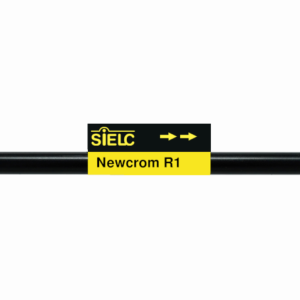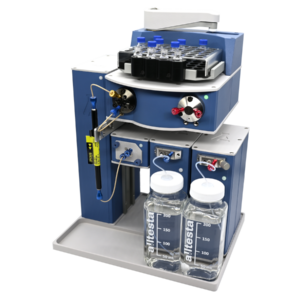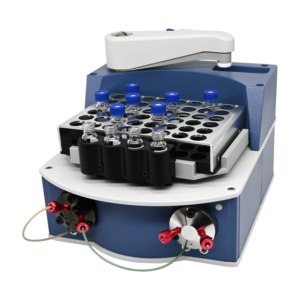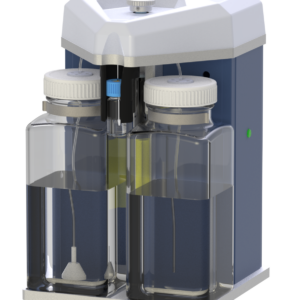HPLC Method for Analysis of Tribromoethanol (TBE) on Newcrom R1 by SIELC Technologies
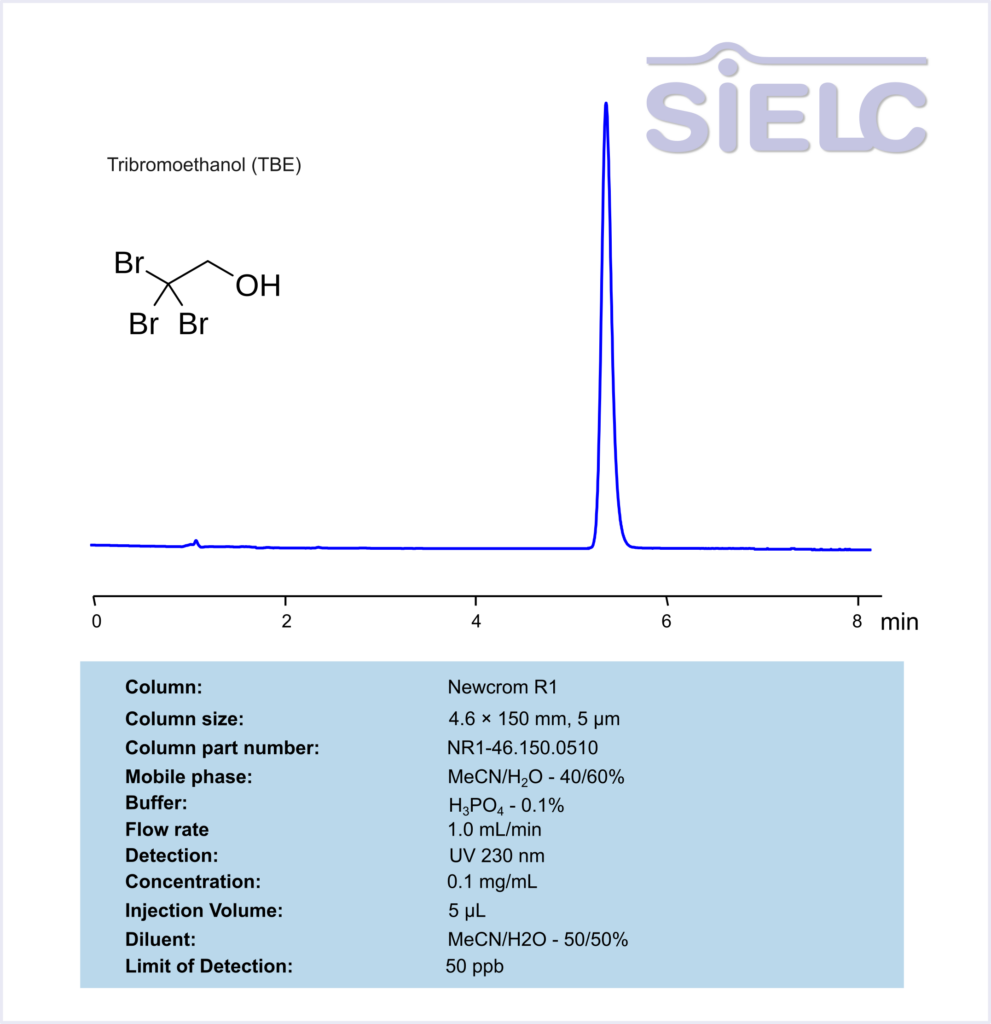
Tribromoethanol (TBE) is a chemical compound with the molecular formula C₂H₃Br₃O. It is a halogenated alcohol commonly used as an anesthetic agent in laboratory animals, particularly rodents.
Properties:
- Molecular Formula: C₂H₃Br₃O
- Molecular Weight: ~ 297.8 g/mol
- Appearance: White to off-white crystalline powder
- Solubility: Soluble in ethanol and some organic solvents
Uses:
- Anesthesia in Animal Studies: TBE is primarily used to induce anesthesia in small animals for short procedures. It is often prepared in a solution with tert-amyl alcohol or ethanol.
- Advantages: Quick induction and recovery, low cost, and ease of administration.
- Disadvantages: Can degrade into toxic byproducts if not stored properly and has a narrow safety margin in some species.
Tribromoethanol (TBE) can be retained, and analyzed using a Newcrom R1 reverse-phase column. The analysis utilizes a isocratic method with a simple mobile phase consisting of water, acetonitrile (MeCN), and phosphoric acid as a buffer. Detection is carried out using UV.
| Column | Newcrom R1, 4.6 x 150 mm, 5 µm, 100 A, dual ended |
| Mobile Phase | MeCN/H2O – 40/60% |
| Buffer | H3PO4 – 0.1% |
| Flow Rate | 1.0 ml/min |
| Detection | UV 230 nm |
| Class of Compounds | Acid, Hydrophilic |
| Analyzing Compounds | Tribromoethanol (TBE) |
Application Column
Newcrom R1
Column Diameter: 4.6 mm
Column Length: 150 mm
Particle Size: 5 µm
Pore Size: 100 A
Column options: dual ended

